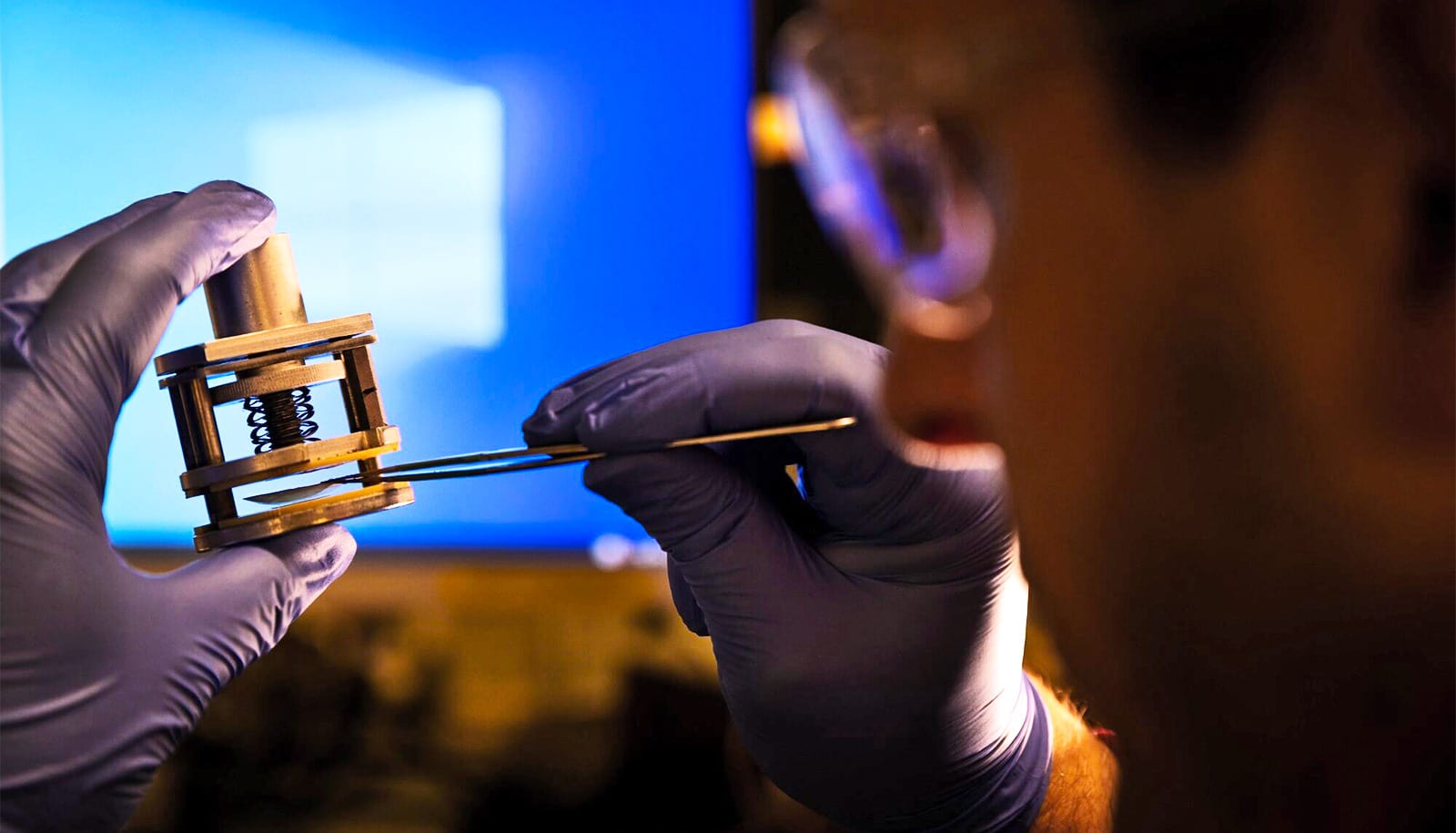African lungfish, Protopterus annectens, can live in suspended animation, called aestivation, without food and water for three to five years. They wake up when water becomes available.
During suspended animation, animals are inactive for an extended period—they take in no food or water and make no urine or waste. They enter a state of torpor, slowing down the biological time in relation to the clock time.
Suspended animation has long fascinated scientists because of its great application potentials in fields ranging from medicine to space travel.
If suspended animation were possible in humans, surgeons would have more time to operate on patients during critical moments when blood circulation stops, and the dream of long-distance space travel could be realized.
Researchers led by Professor Ip Yuen Kwong from the biological sciences department at the National University of Singapore compared the differential gene expression in the liver of P. annectens after six months of suspended animation to a freshwater control. They also compared one day of arousal from six months of suspended animation to six months in that state.
The scientists discovered suspended animation among African lungfish in arid conditions at high temperature involves the up- and down-regulation of diverse cellular activities.
The results point to the importance of sustaining a low rate of waste production and conservation of energy storage during the maintenance phase, and the dependence on internal energy store for repair and structural modification during the arousal phase.
The findings appear in PLOS ONE.
Source: National University of Singapore


